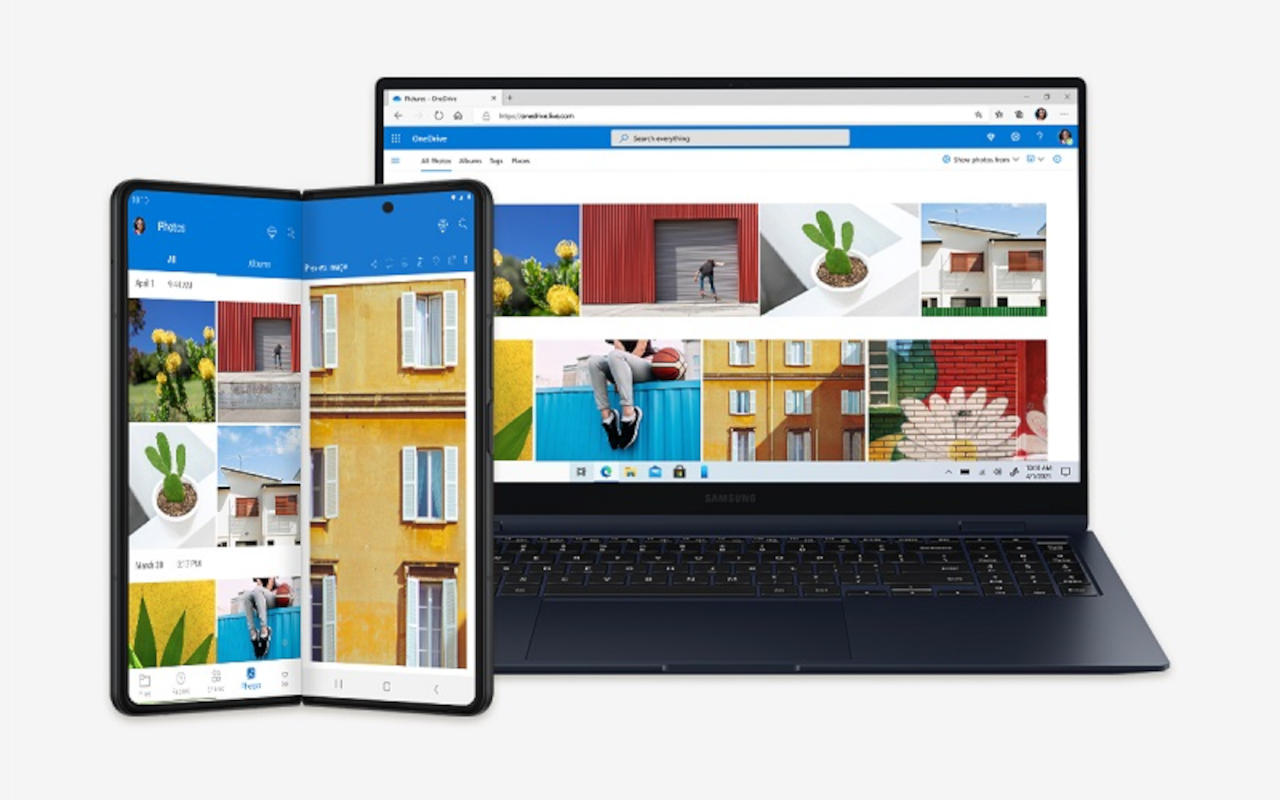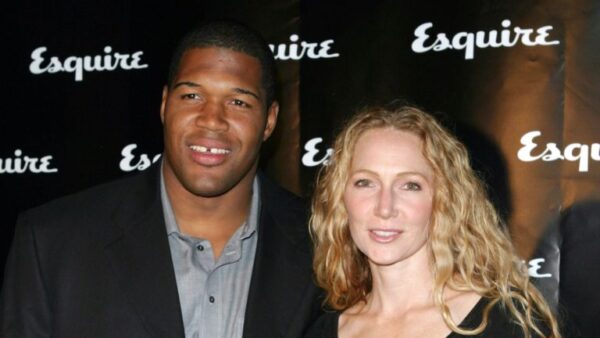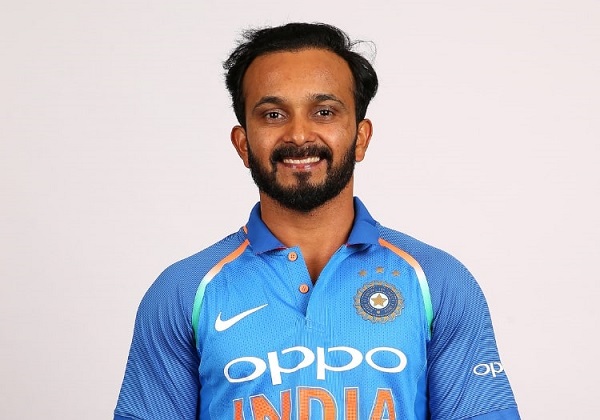For several years, Samsung and Microsoft have benefited from a partnership that has given preferential treatment to Galaxy phones. At first, this simply manifests themselves as preinstalled Microsoft applications that, of course, people considered Blagware offers or special offers on some Microsoft subscription services. This partnership optionally turns off more fruit, such as a deep integration with Windows 10, as well as new versions of its productivity applications specially designed for Samsung’s new foldable phones.
Foldable phones do not want to have a larger screen. It also means having a slightly new form factor or a user experience, which turns around having two virtual zones on the same screen. Given the way there are few foldable phones on the market, it is not really surprising that few applications actually benefit.
Fortunately, the close links of Microsoft with Samsung may have helped the giant software to have an advance on others in this regard. Although Microsoft Apps has long been on Android and pre-installed on many Samsung phones, there are three people who are now designed to take full advantage of the Galaxy Z Fold 3 screen.
The most basic way that occurs via the support of the native divided screen of Android, thus allowing two different applications to run aside. Some Microsoft applications also have special layouts when used on Galaxy Z teams 3. Microsoft teams, for example, will display participants down with a full-screen presentation on top, while mode Outlook Dual-Pane allows you to preview e-mails on one side while reading a complete email on the other.
As the newest upscale Galaxy phones Samsung, the Galaxy Z Fold 3 and Galaxy Z Flip 3 will most likely be added to the list of compatible devices for different features of Windows 10. It would certainly be good if other major applications l ‘Assured, especially since Google itself pushes Android application developers to take form factors in mind when designing user experiments.




